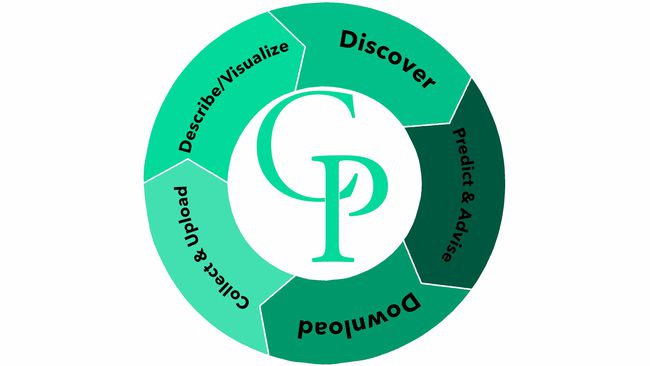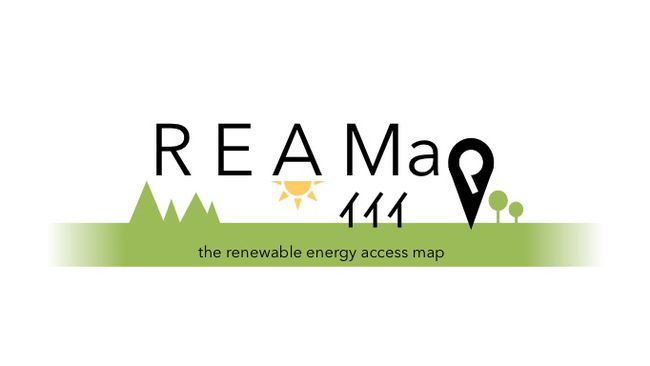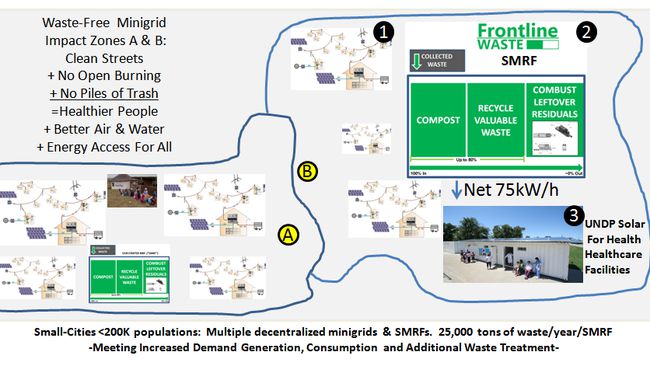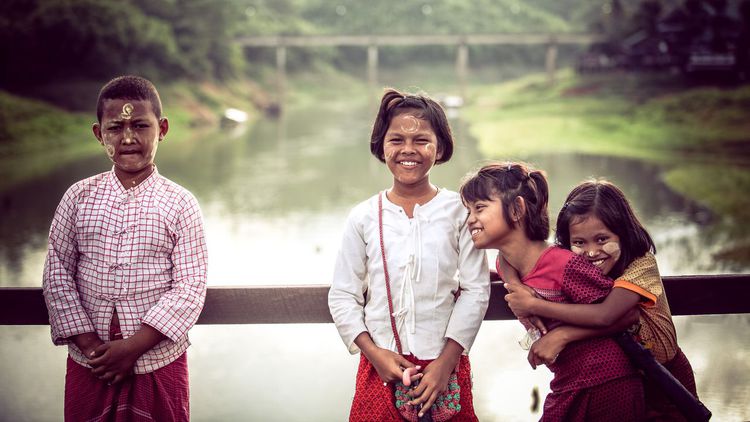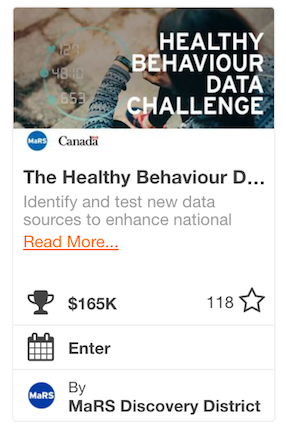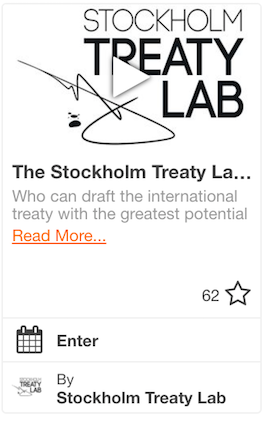Pop Quiz
The year is 2017; how many people on this planet go without something as basic as electricity?
Did you guess 1 billion?
Sadly, you would be right.
While most people living in the first world can hardly imagine a life without electricity, an absence of this basic necessity is still a reality for far too many people the world over. An additional billion lack access to reliable electricity. The implications are bleak; living without electricity often generates a cascade of other challenges.
What a Breakthrough Looks Like
This crowdsourcing project is designed to tap a global community of creative thinkers (that is right where you come in) that might answer the difficult question: how can we help developers and financiers figure out “where to go,” “who customers are” and “where to build?” using open source data and tools. Myanmar was selected a use case, given their incredible electricity needs. For example, 84% of their rural population live without electricity. We also hope to encourage techniques, approaches and tools, as well as data sharing, that can be scaled to other countries across the globe.
Background
- The event is designed for start-ups, students, entrepreneurs and others to come together and use data science – especially geospatial analysis – to increase visibility into renewable energy development potential and help expand access to energy to the 2 billion people who lack electricity or lack reliable electricity around the world.
- Desired outcomes include identifying datasets and developing new algorithms, programs and applications that can be used by developers, NGOs, government entities to reduce barriers to investment and facilitate the development of small-scale solar and sustainable micro-grid systems, resulting in improved energy access.
- A multitude of different open source datasets have been assembled and organized to enable participants to come up with innovative solutions to one specific use case designed to address the barriers to clean energy development.
- Myanmar (Burma) has been selected as the event’s target use case given the country’s recent democratic transition, significant electrification needs and potential for off-grid renewables.
What You Can Do In Less Than 5 Minutes
- Let us know you are interested in the project by clicking the “Follow” orange button (located above) to stay in the loop.
- Share this challenge on social media using the icons above. Show your friends, your family, or anyone in your network with a passion for discovery or problem-solving.
- Start a conversation in our Forum to join the conversation, ask questions or connect with other innovators.
Your Core Challenge
Your challenge is to develop dynamic and viable open-source data science applications, algorithms and/or innovative data use tools that allow users to identify renewable energy development potential to help determine where to build small-scale solar and micro-grids in Myanmar and beyond.
The proposed open-source solutions should:
- Design innovative solutions about how data science could be used – in particular geospatial analysis – to more easily and cost-effectively give a quick picture of renewable energy development potential.
- Identify datasets and develop new open source and user friendly algorithms, programs and applications that allow users/stakeholders to identify where to build small-scale solar and micro-grids.
- Explore ways of using open source data to map out a given country’s renewable energy development potential.
- Disrupt the data status quo. Current data collection and analysis methods can take months - even years; we hope the solution will allow for accurate analysis in just a few days.
Myanmar (Burma) has been selected as the target use case given the country’s recent democratic transition, significant electrification needs, and the potential for off-grid renewables. Keep in mind, the best solutions should hold the potential to be applied beyond Myanmar.
Data Contribution Support Challenge
Submit new data sets in order for Power the Globe to reach its full potential.
Anyone can participate in the Data Contribution Challenge, whether or not they also participate in the core challenge. The purpose of this support challenge is to help innovators who engage in the core challenge improve the scalability and viability of their designs and uplift the use of existing tools to generate new insights. Prizes will be awarded for the most useful dataset.
To submit your dataset to the Data Contribution Challenge:
- Ensure your data is open source.
- Upload your data set to https://herox.com/powertheglobe/resources.
- Name your data set DATA: <short description>
- Describe your data. Include the data source in the description.
- Given your dataset a criteria tag in the “Key Insights” section.
- Complete the Data Contribution submission form
- Click ACCEPT CHALLENGE above
- Complete the submission form labelled “Data Challenge”
Core Challenge Criteria
To focus your efforts, we broke down the grand challenge of electrifying Myanmar with clean energy to one core problem: What are the top areas for resource development potential in Myanmar?
Your challenge is to identify where energy investors and developers should go by analyzing data to assess an area’s resource potential (i.e. is there solar or wind available), grid interconnectivity and infrastructure, and other factors that influence a “go/no go” decision for micro-grids or small-scale solar.
An ideal solution would provide an interactive way for stakeholders to identify sites for development for small-scale solar and micro-grids.
To address the core problem of where to go, you should also consider the following:
- “Who Needs Electricity?” – Map off-the-grid households
- Which households (and/or businesses) are not connected to the national grid? Can you help the government, NGOs and other energy developers determine the areas most in need?
- “Who Are Customers and How Can They Pay?” – Develop customer profiles
- Who are the customers and where are they located? What is the ability to pay for different customer segments? Analyze household level data and use that information to inform your assumptions. This can then be used to assess the commercial viability for projects
- What is the overall development potential and area specific characteristics?
- What renewable energy sources could be developed in a given location (e.g., solar, wind, hydro, biodiesel, hydro, etc.) and what is the potential and expected output at various investment levels?
Evaluation Criteria
Innovators competing in the Challenge will be evaluated by a set of criteria to identify the highest potential solutions:
|
Criteria
|
Description
|
% Importance
|
|
Appropriateness of the solution with respect to real stakeholder needs (i.e. is this solving a real problem?)
|
Solution identifies top areas for resource development potential in Myanmar.
Solution also addresses “who needs electricity” and “who are the customers and how can they pay.”
Solution answers key questions of at least one of the stakeholders (see section Stakeholders Summary
|
20
|
|
Innovation and creativity of the design
|
Solution delivers a novel approach, has great data visualization and is accessible to non-technical users with a user friendly design.
|
20
|
|
Scalability and application beyond Myanmar
|
The underlying approach is scalable, and could be applied to other geographic regions, markets, and/or data sets.
|
20
|
|
Technical competence and transparency of the solution.
|
Solution is reinforced with the use of data, research, proof or demonstration of concept, pilot/test trials, and/or simulations to substantiate the physical and technical viability.
The approach and implementation is clearly documented and transparent.
|
15
|
|
Implementation and Market potential of the solution
|
The implementation is practical and viable, relative to the scale of the solution. Insight is provided into challenges (risks and threats) anticipated, with plausible solutions for how to address them to maximize impact.
Solution is able to generate revenue, additional capital and/or value from investors, lenders or donors/philanthropists.
The proposed business model is feasible and capable of working successfully.
|
15
|
|
Data Sources
|
Solution identifies new or novel data sources.
|
10
|
|
TOTAL
|
|
100
|
Submission Form
Begin your submission early on the HeroX platform. You will be able to save your draft and revise your entry up until the final submission deadline. Character limits are maximums only, please be concise.
Overview
- Executive Summary (3000 characters)
- Summarize the key points of your submission. Be sure to include how your solution addresses the core challenge of “What are the top areas for resource development potential in Myanmar?”
- Who are the stakeholders that would benefit from your solution? What problem does your solution solve for each stakeholder? (2000 characters)
- How is your solution innovative and/or creative? (2000 characters)
- If you have created a web interface for your solution, please link it here:
Data and Code Upload: You must ensure all code and data for your solution is made available in a ZIP file containing all enabling scripts.
Technical Competence and Transparency of Approach
- How does your solution collect and process data? (4000 characters)
- Clearly, state your approach how you implemented it. How did you build it? Why did you choose those tools/languages/etc.? Are the technicalities behind your algorithm clear? More points will be awarded here for transparency into your solution.
- How does your solution overcome limitations in available data, if any? (1000 characters)
- What information does your solution deliver to the final user? What form is the information in (graph, report, table, etc.)? How does the user use this information? (2500 characters)
- What technical resources are needed to implement and develop your solution (e.g., servers, cloud solutions, hardware, software, etc.)? (2500 characters)
- What kind or technology or resources must the end user have in order to use your solution to its full potential? (1500 characters)
- How user-friendly is your solution’s interface? Does it require any training to begin using? (1000 characters)
Data Sources
- What data sets does your solution use? (1000 characters)
- Ensure you identify any new data sets that you found for your solution.
- Does your solution require any data that is not currently available? [Yes/No]
- If yes, how do you propose this data be collected? (1500 characters
- Is there a third-party who could provide the data? Are there private data sets that could be used? How would you convince owners of private data to share the data with you?
Scalability and application beyond Myanmar
- How can your solution be applied to other geographic regions and markets beyond the initial Myanmar use case? (3000 characters)
- What needs to occur for your solution to work for other regions? How does your solution change when we change the region? How does your solution behave when the volume of data increases?
- Is there another geographic region or market that you think would be best suited for implementing your solution? (1000 characters)
Implementation and Market Potential
- What steps are required to implement your solution in Myanmar? What resources will you need to accomplish each step? What potential challenges might come up and how would you address them? (2500 characters)
- If all resources were available today, how much time would it take to implement your solution? (1000 characters)
- How is your solution applicable to a broad market? (1500 characters)
- How is your solution sustainable? (1500 characters)
Viability of Business Model
- What are the strengths, weaknesses, opportunities, and threats (SWOT) for your solution? Provide up to five points for each part of the SWOT matrix. How would you address the weaknesses and threats? (3000 characters)
Prizes
Booz Allen Hamilton will award up to $8,500 in prizes and introduce any winners with promising solutions to Venture Capitalists. Booz Allen Hamilton will facilitate these connections where appropriate and offer assistance to winners in developing their pitch.
|
Challenge Awards
|
$8,500
|
|
1st place
|
$5,000
|
|
2nd place
|
$2,000
|
|
3rd place
|
$1,000
|
| Data Contribution Award |
$500 |
Timeline
|
Pre-registration begins
|
April 2, 2017
|
|
Open to submissions
|
April 20, 2017
|
|
Data Contribution Deadline
|
June 1, 2017
|
|
Core Challenge Deadline
|
June 11, 2017, at 4:59 pm PDT
|
|
Judging
|
June 11 to July 7, 2017
|
|
Winners Announced
|
July 11, 2017
|
Resources
A multitude of different open source datasets has been assembled and organized by the sponsors to enable participants from both happenings the possibility to come up with the most innovative solutions to one or all the three specific use cases mentioned above.
The sponsors also consider GIS and spatial data highly important in this type of energy planning, even though its use in the energy access space is still in its infancy.
Assembled Data Sources
- Resource potential (Source: USAID/NREL (Renewable Energy Data Explorer), Global Reservoir & Dam Database (NASA), World Bank)
- Transmission lines and infrastructure (Source: CARMA.org, Sustainable Engineering Lab/Earth Institute, Resource and Environment Myanmar (REM))
- Roads (Source: DIVA-GIS)
- Regulatory and business climate (Source: World Bank, ClimateScope)
- Population data (Source: World Bank, UN MIMU, LandScan, Open Development Myanmar))
- Users’ ability to pay (Source: World Bank, UN MIMU)
- Least Cost Technology Option (Source: World Bank)
- Additional geospatial data: Participants may also look to Geoplatform.gov, Google Earth Engine, USAID GeoCenter, SolarGIS, & ESMAP for alternative datasets. Please note some require accounts set up in advance
Additional Rules
Participation Eligibility:
The challenge is open to all adult individuals, private teams, public teams, and collegiate teams. Individual competitors and teams may originate from any country, as long as United States federal sanctions do not prohibit participation (see: https://www.treasury.gov/resource-center/sanctions/Programs/Pages/Programs.aspx).
Submissions must be made in English. All challenge-related communication will be in English.
No specific qualifications or expertise in the field of electrification or data science is required. Prize organizers encourage outside individuals and non-expert teams to compete and propose new solutions.
To be eligible to compete, you must comply with all the terms of the challenge as defined in the Challenge-Specific Agreement, which will be made available upon registration.
Registration and Submissions:
Submissions must be made online (only), via upload to the HeroX.com website, on or before June 6, 2017, at 4:59 pm PDT. No late submissions will be accepted.
Selection of Winners:
Based on the winning criteria, prizes will be awarded per the Judging Criteria section above. In the case of a tie, the winner(s) will be selected based on the highest votes from the Judges.
Additional Information
- By participating in the challenge, each competitor agrees to submit only their original idea. Any indication of "copying" amongst competitors is grounds for disqualification.
- All applications will go through a process of due diligence; any application found to be misrepresentative, plagiarized, or sharing an idea that is not their own will be automatically disqualified.
- All ineligible applicants will be automatically removed from the competition with no recourse or reimbursement.
- No purchase or payment of any kind is necessary to enter or win the competition.
- Void wherever restricted or prohibited by law.
